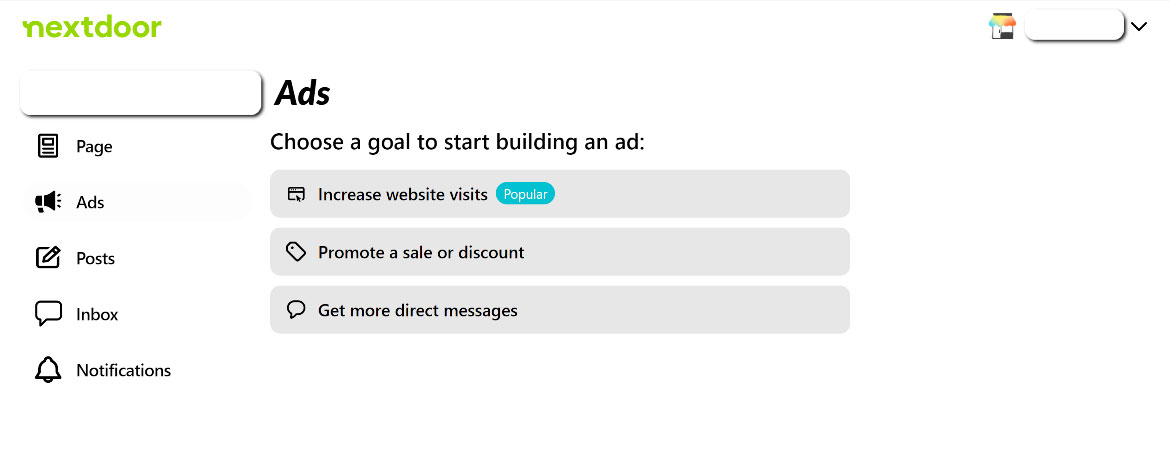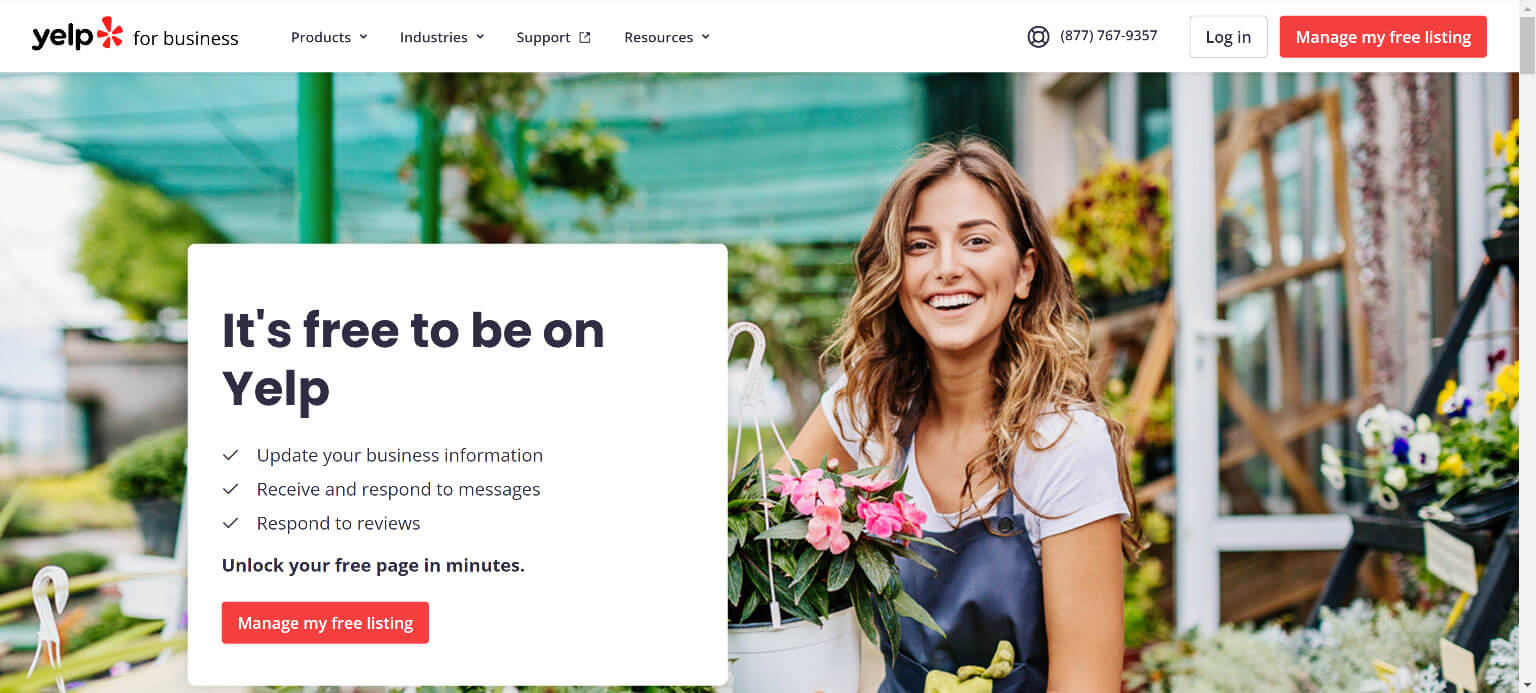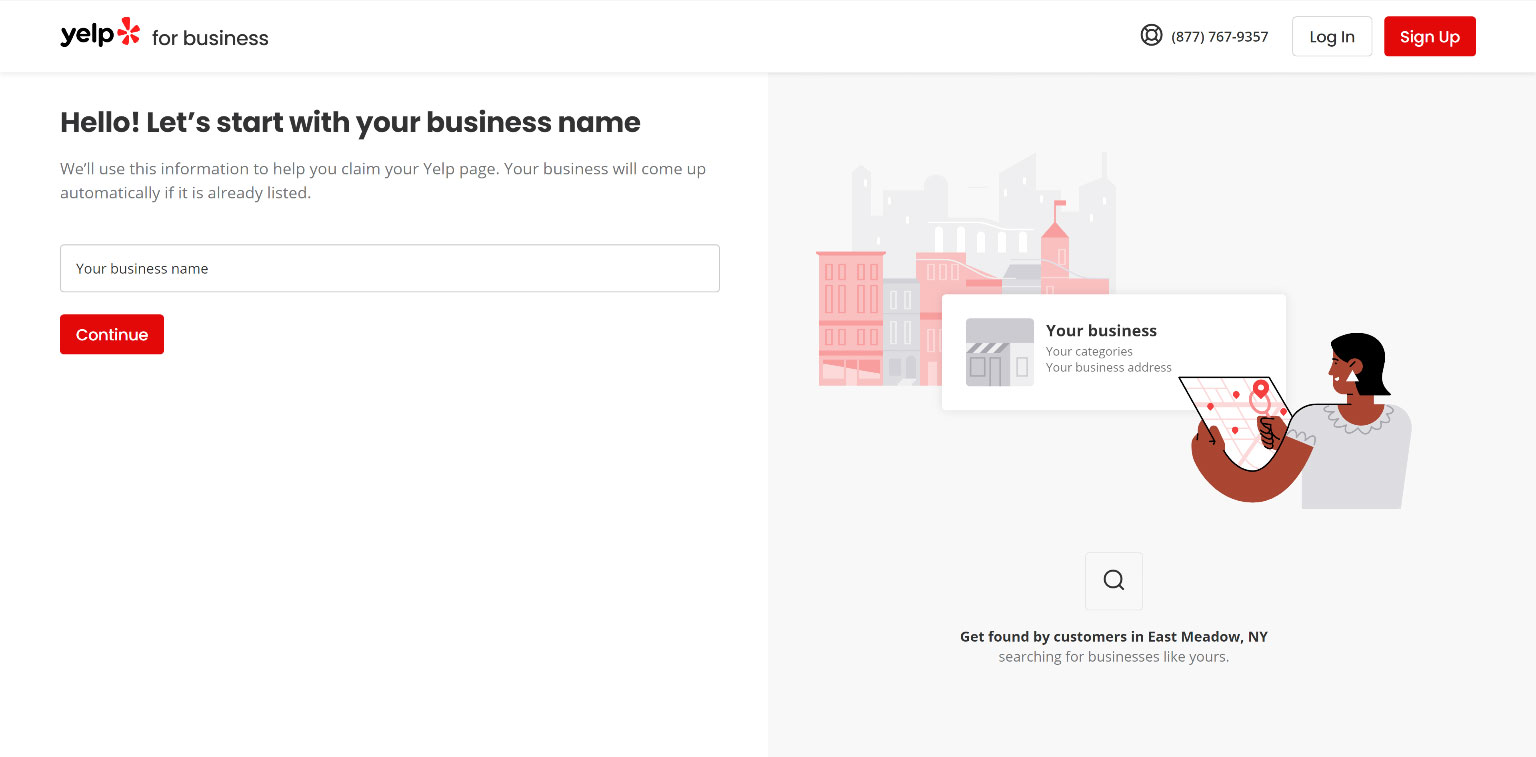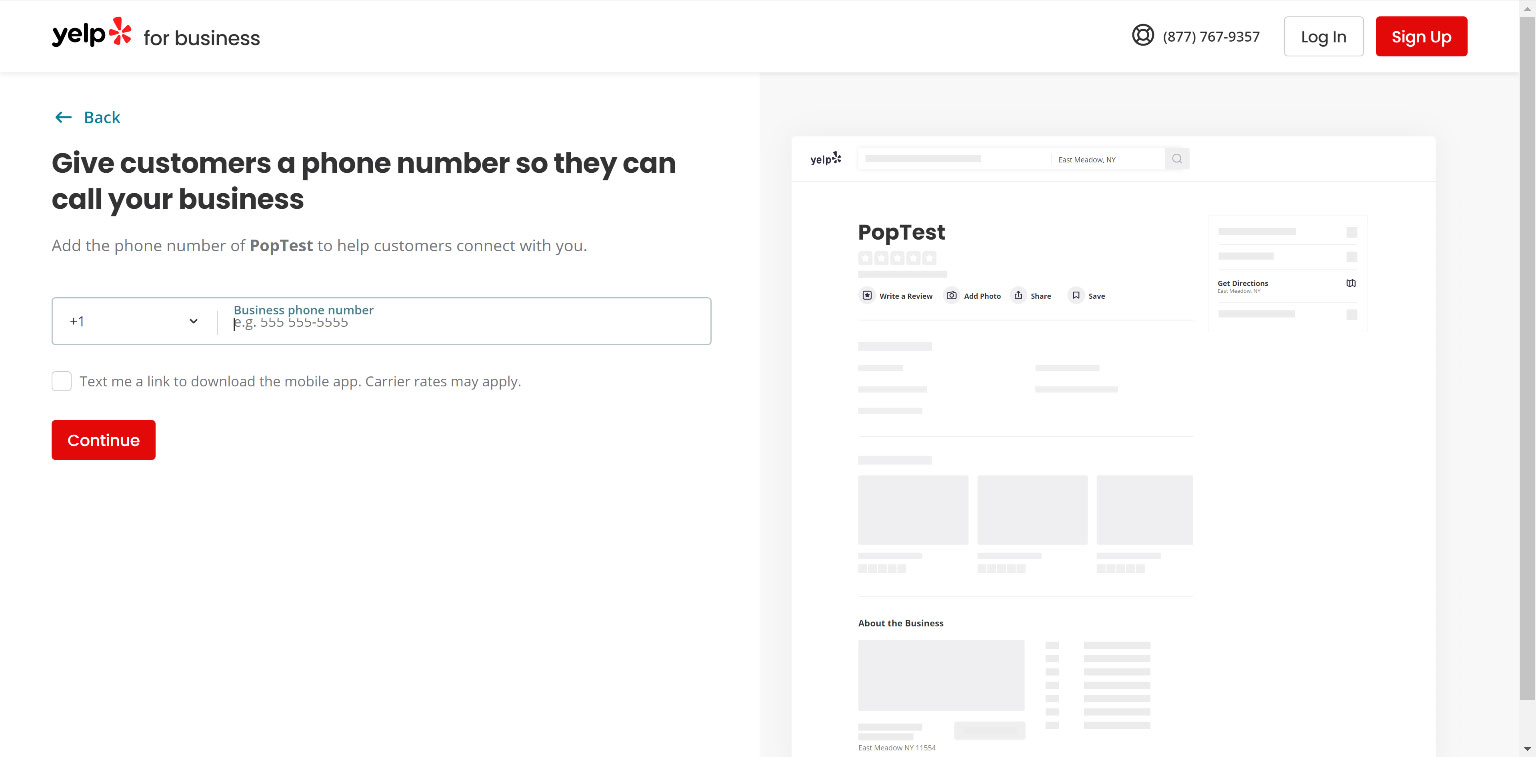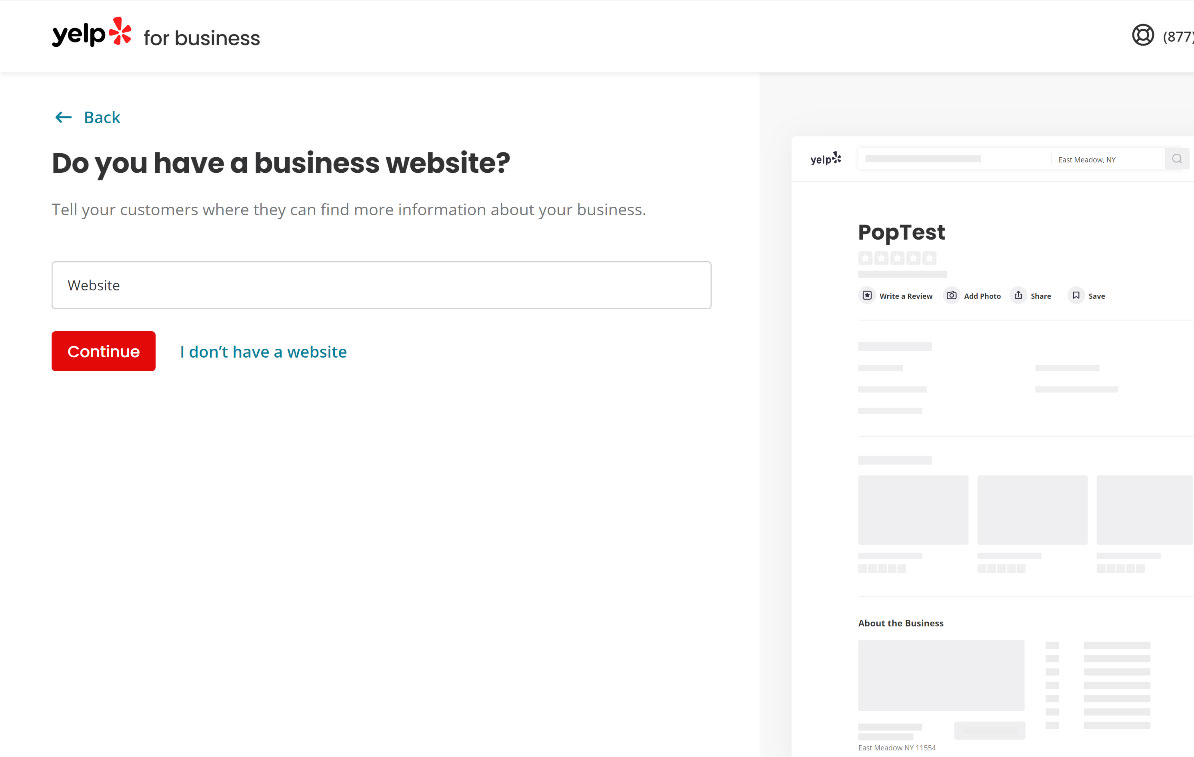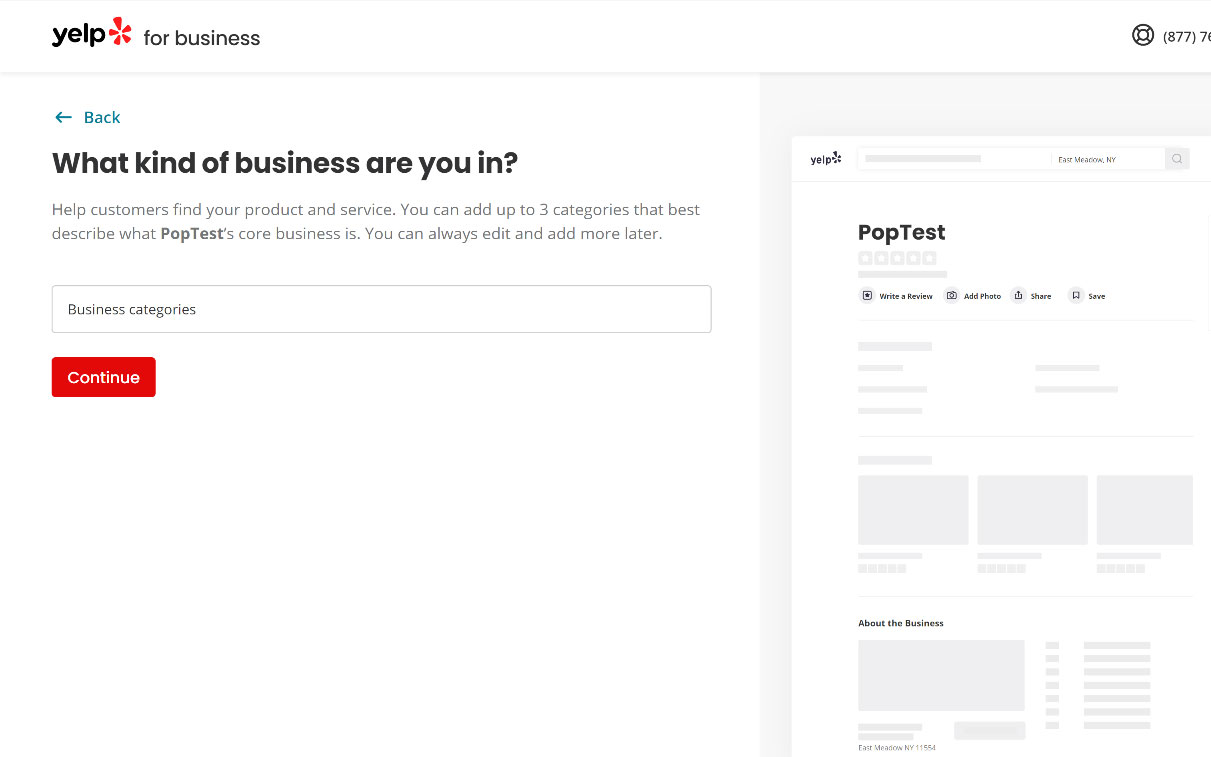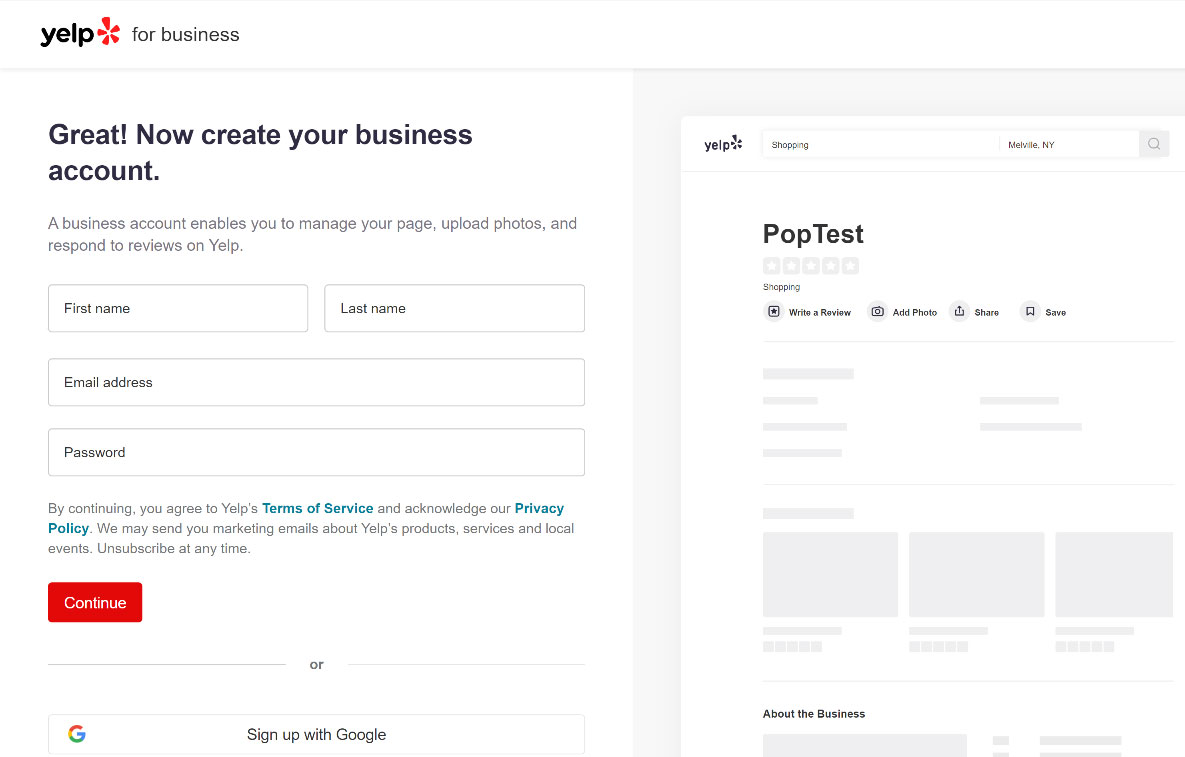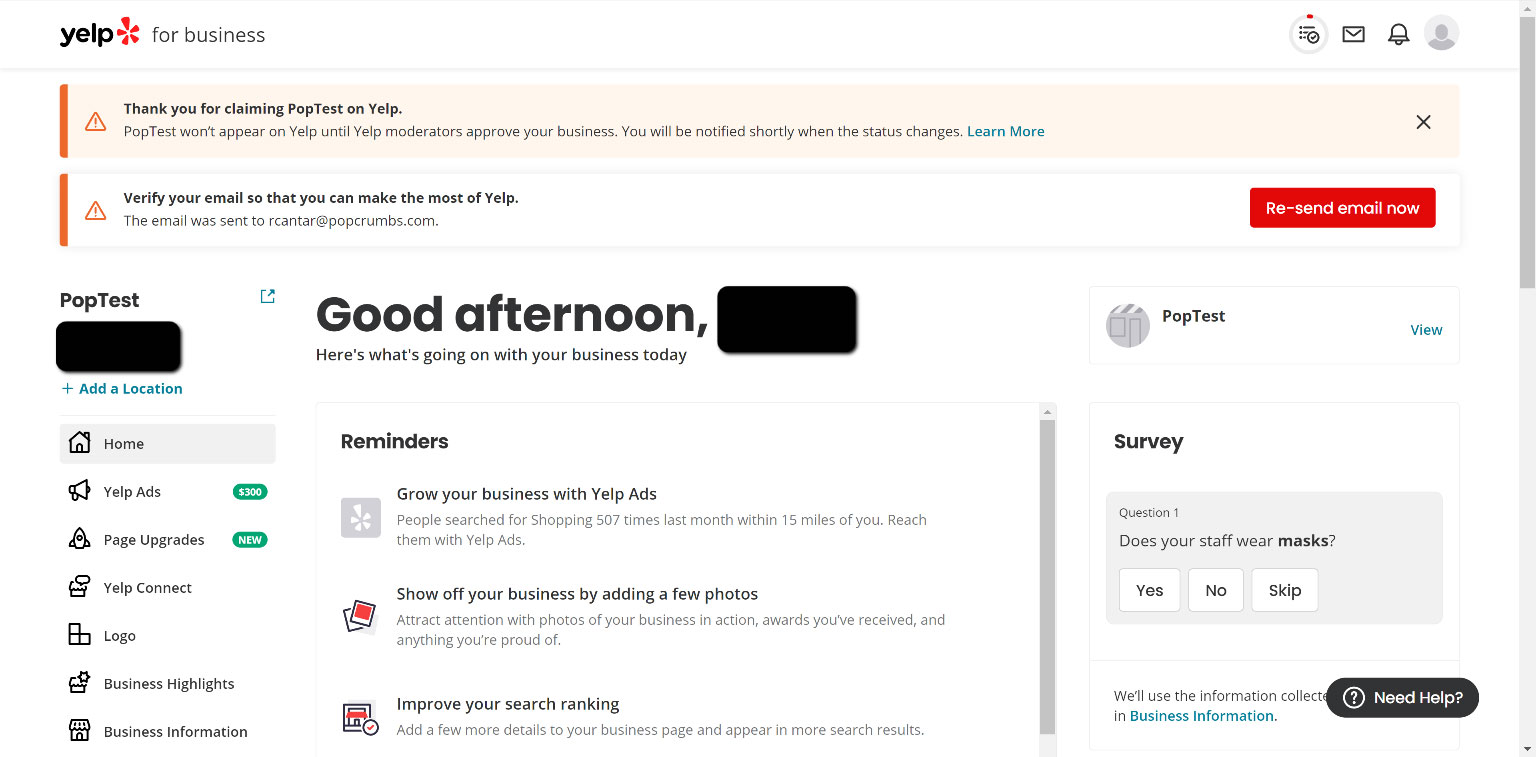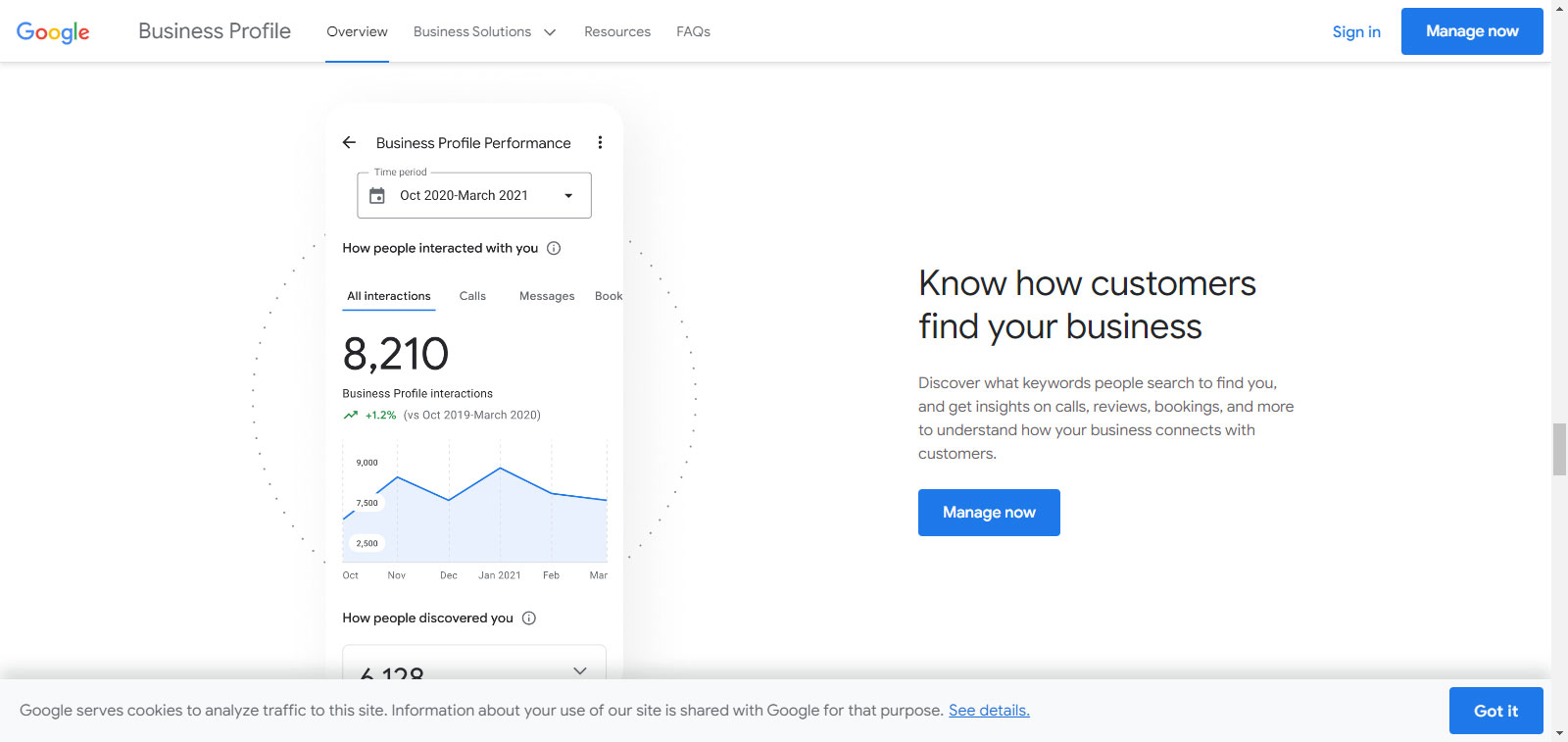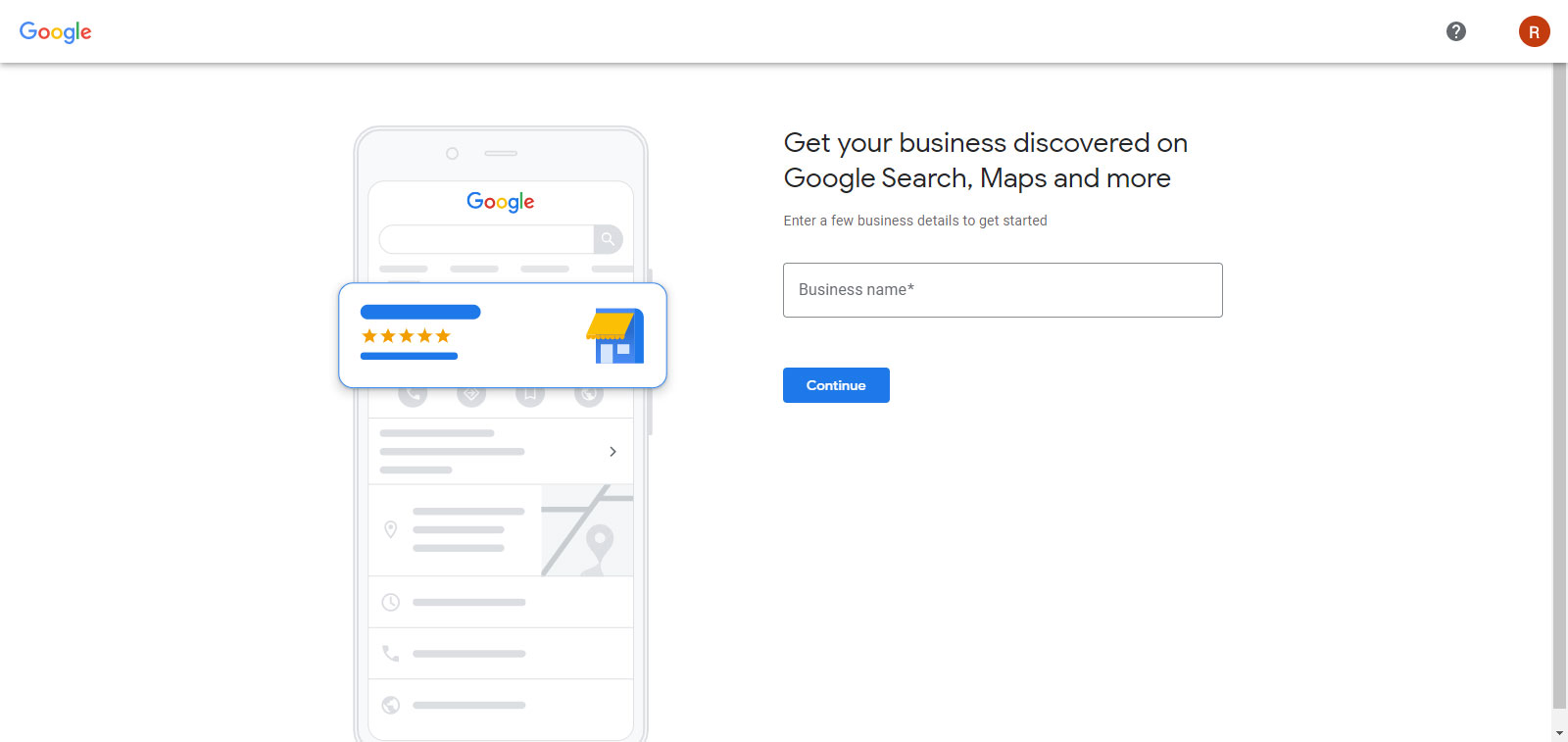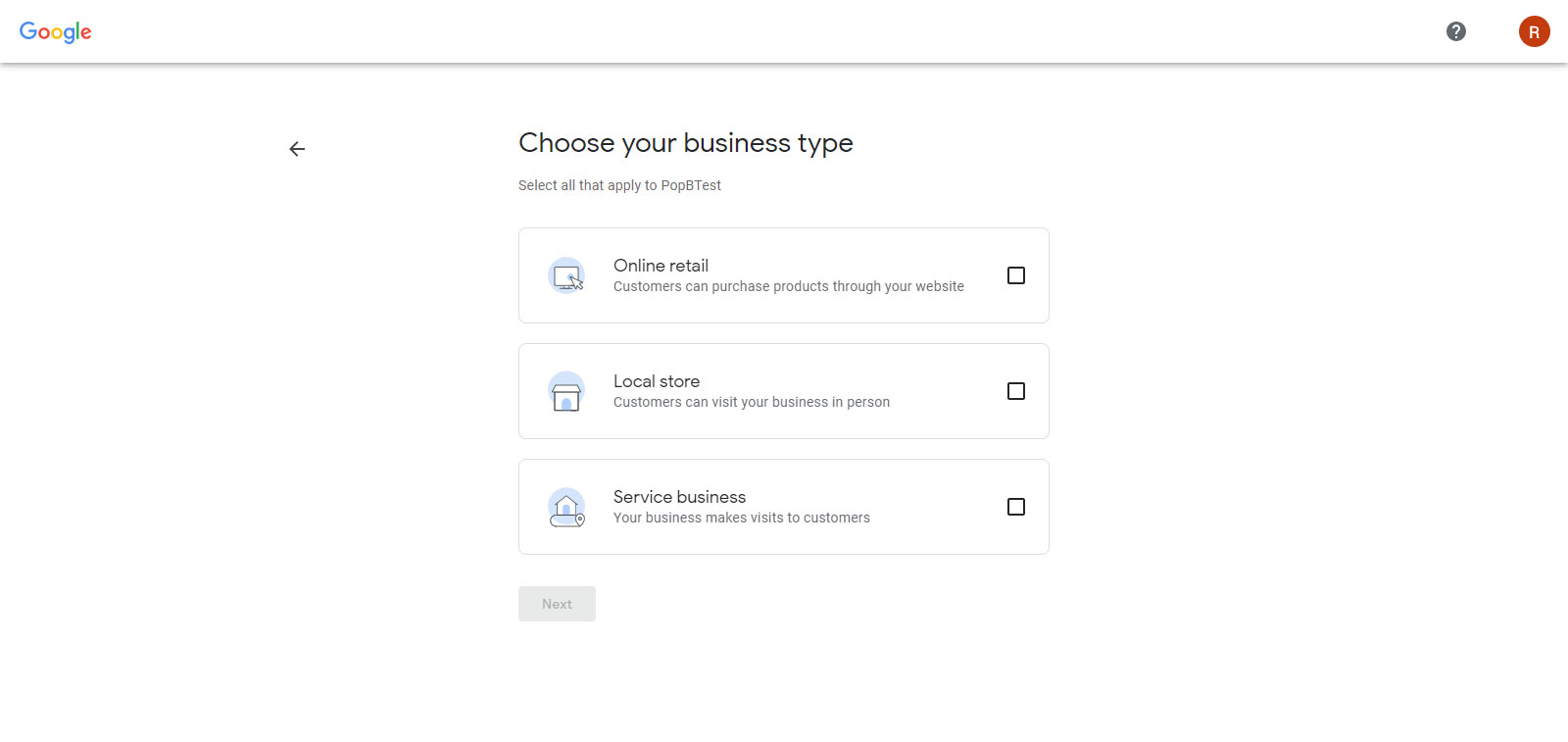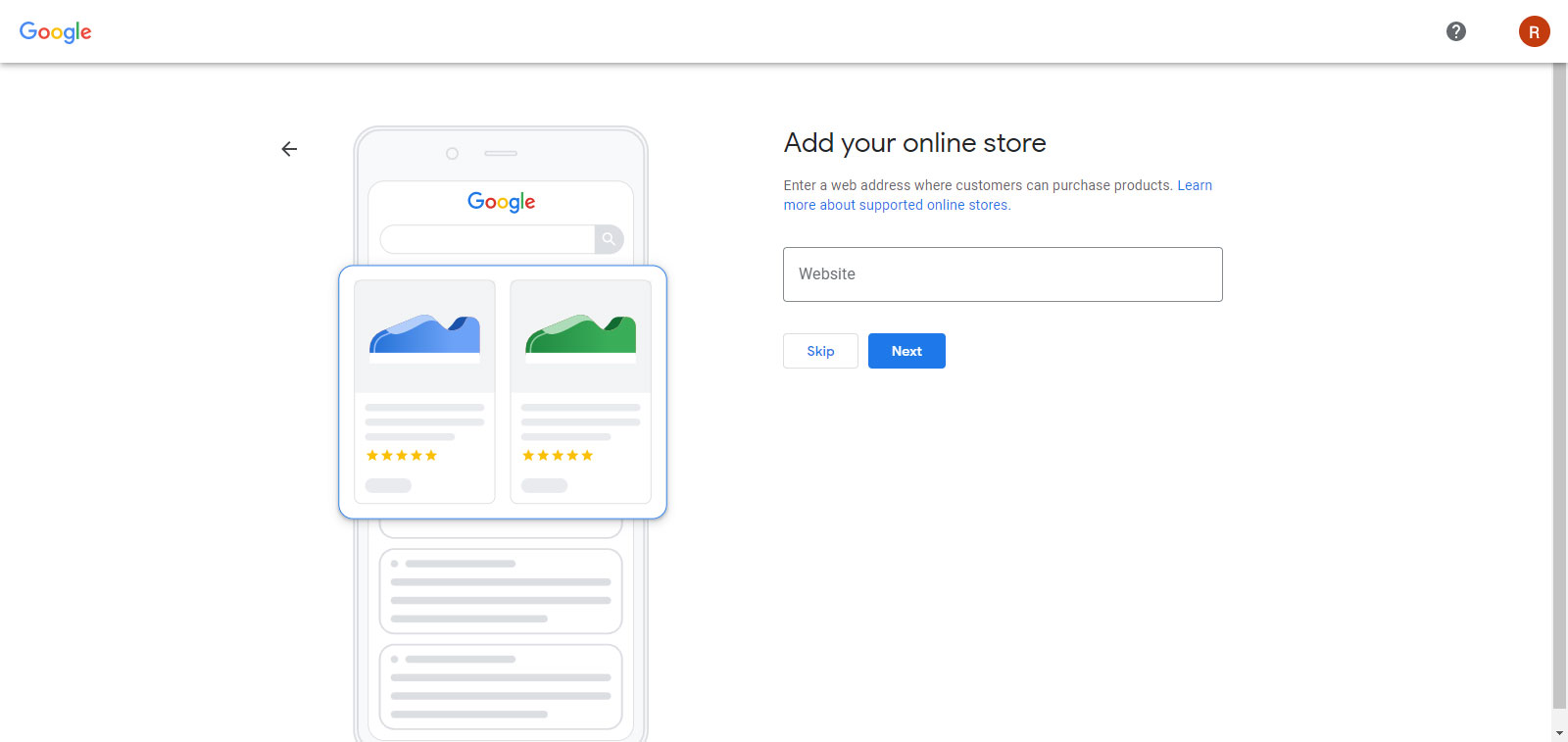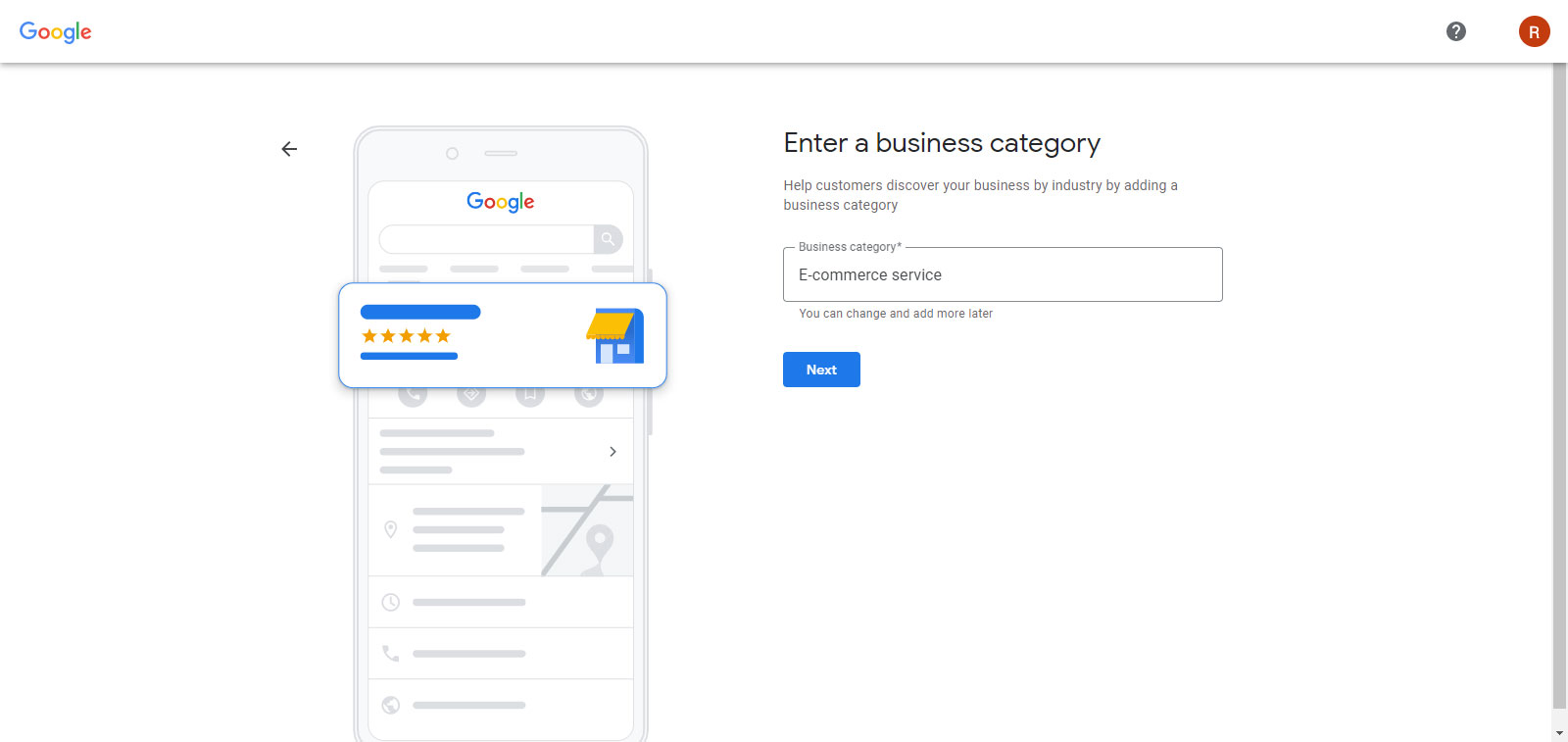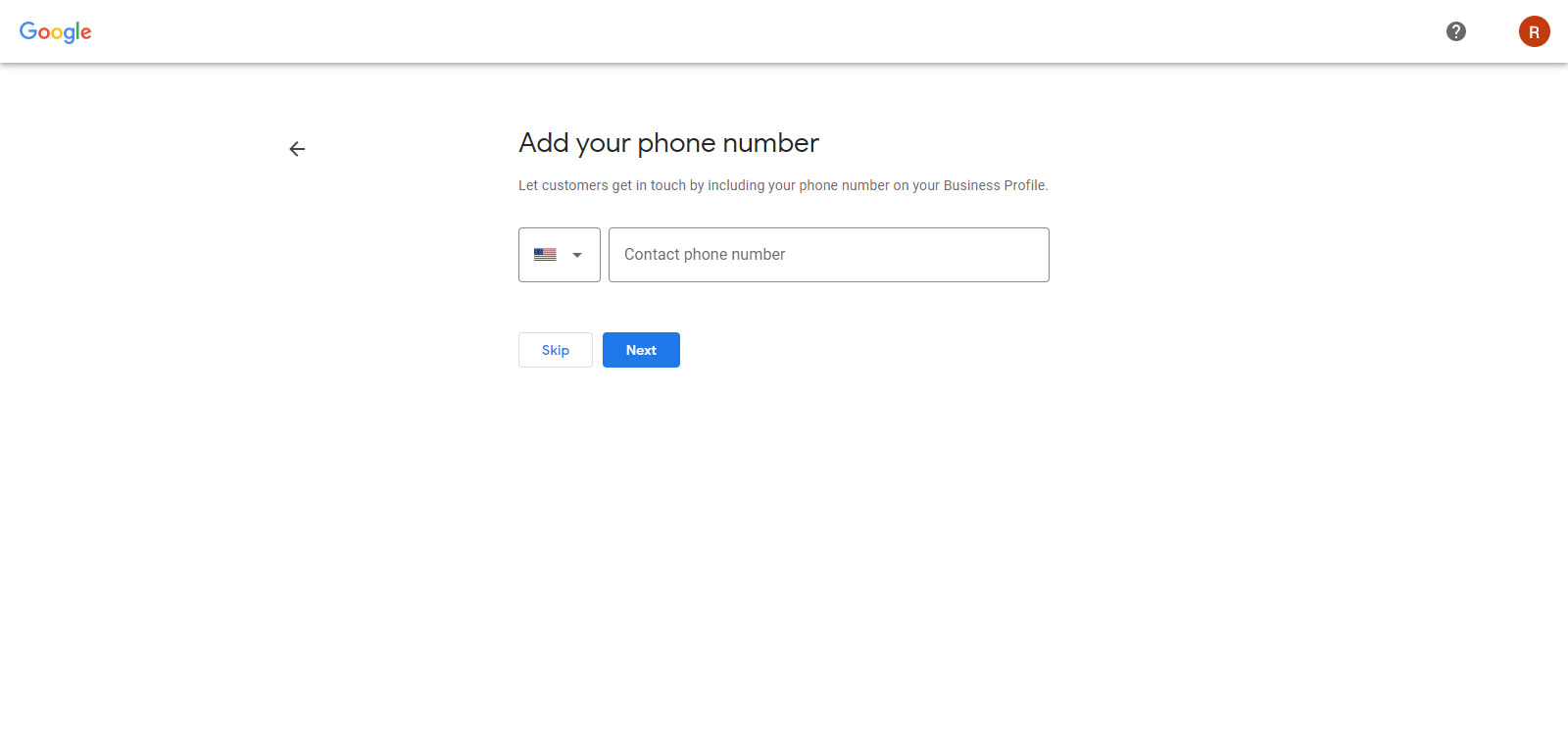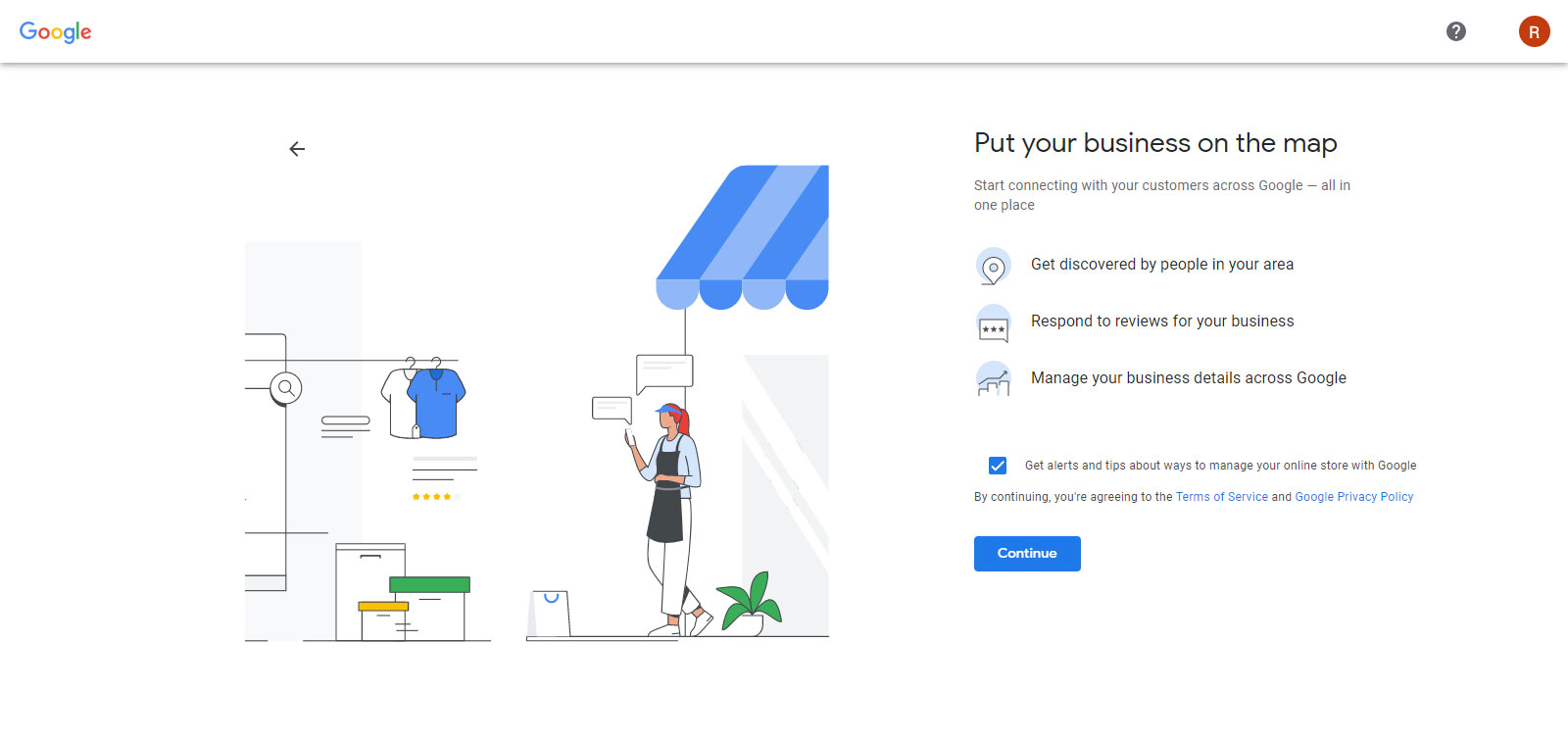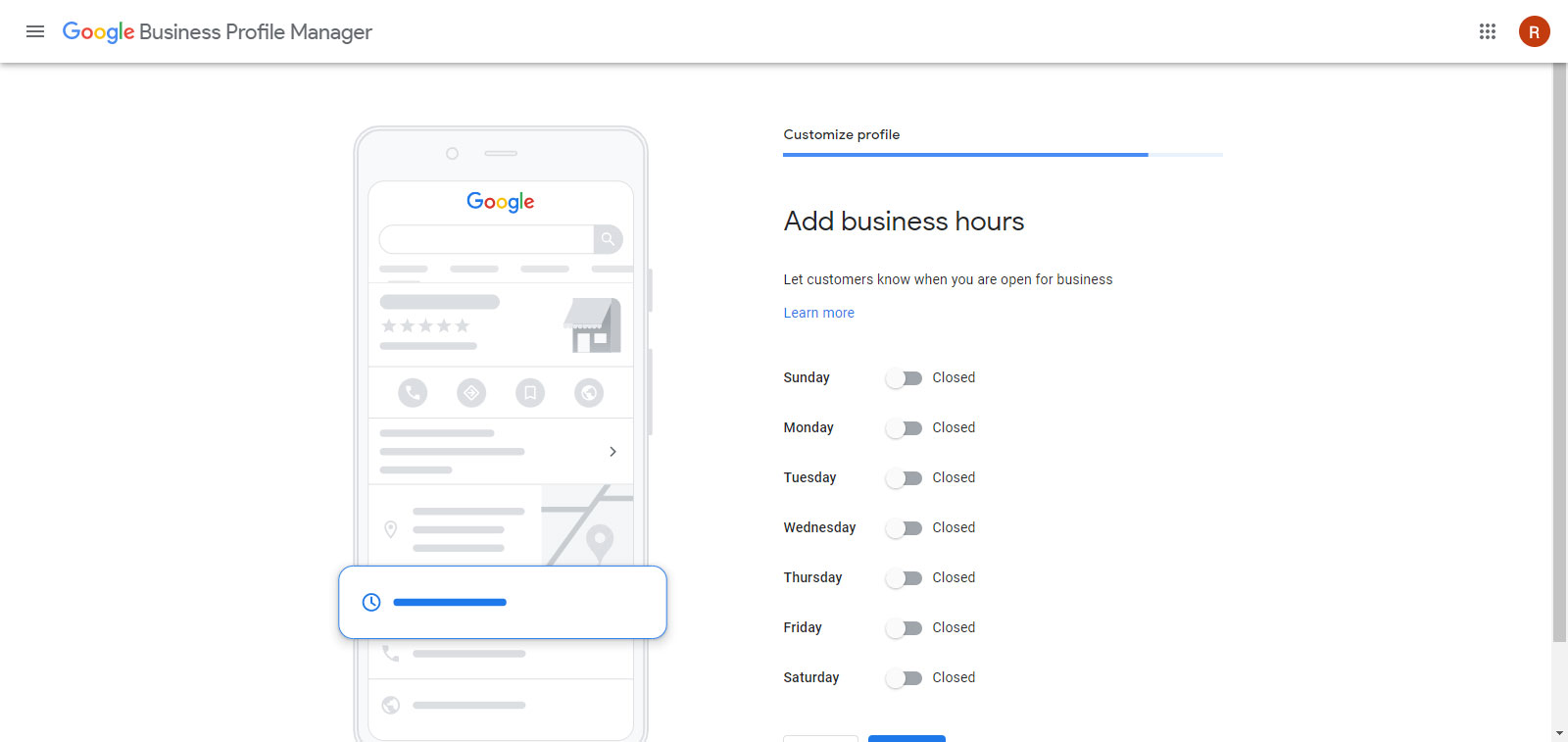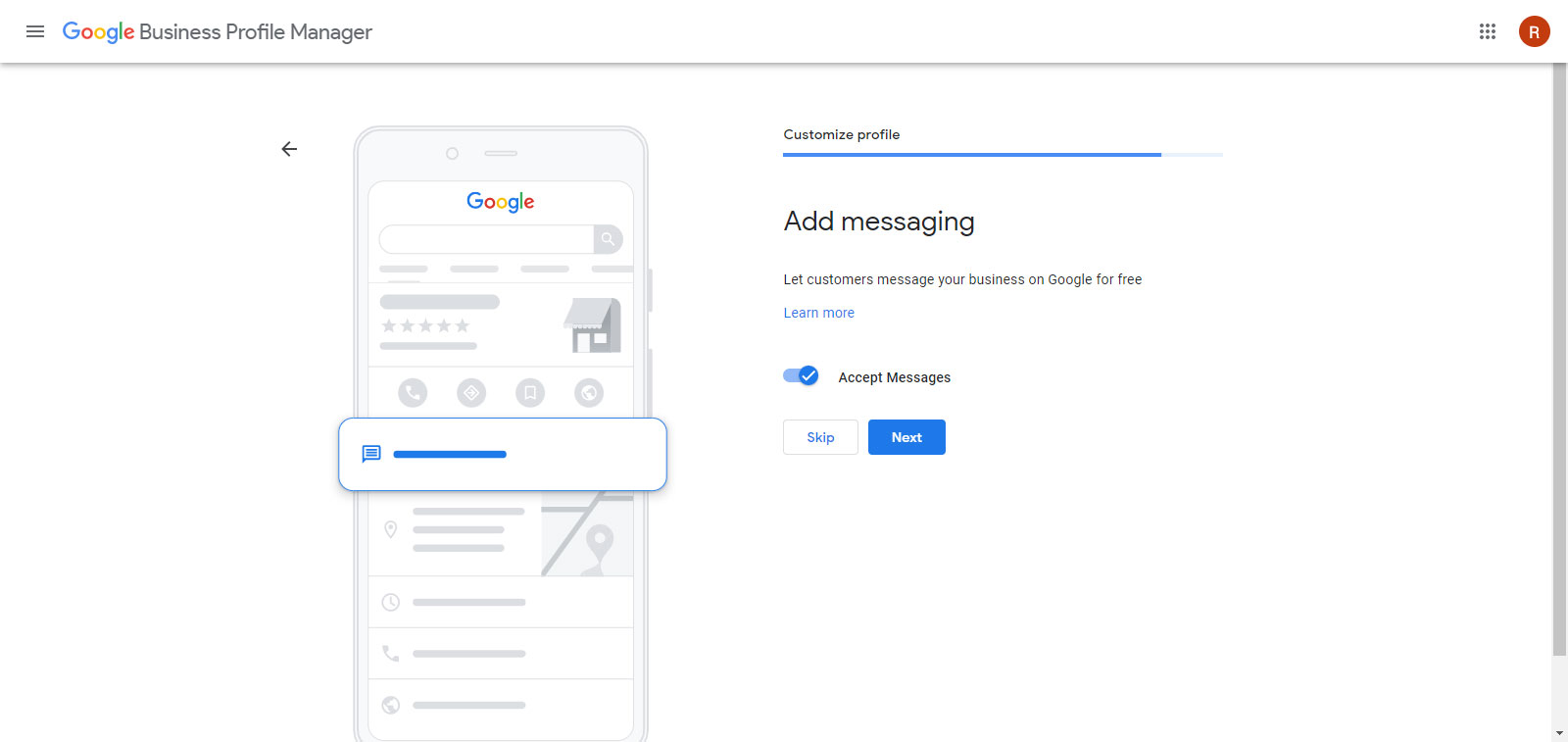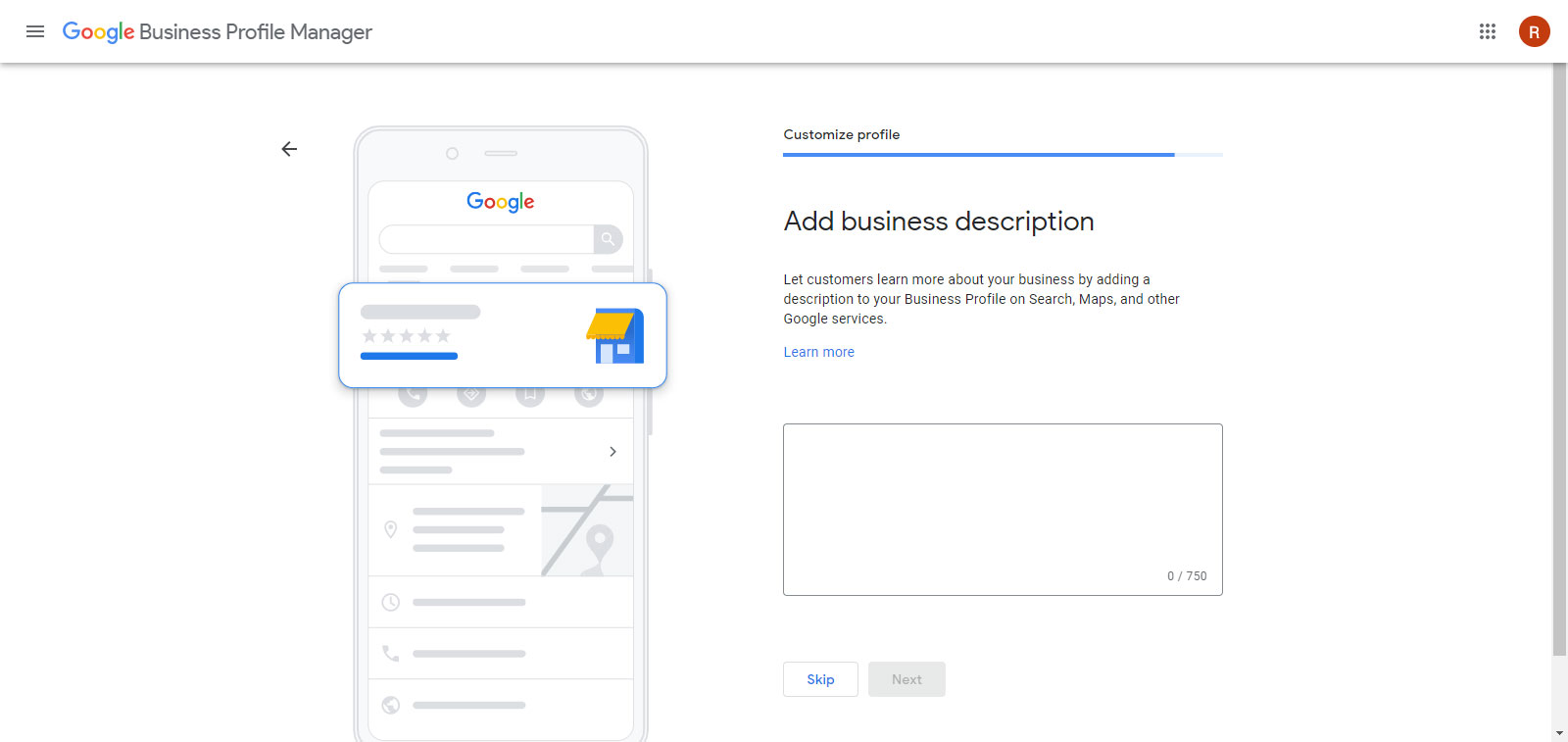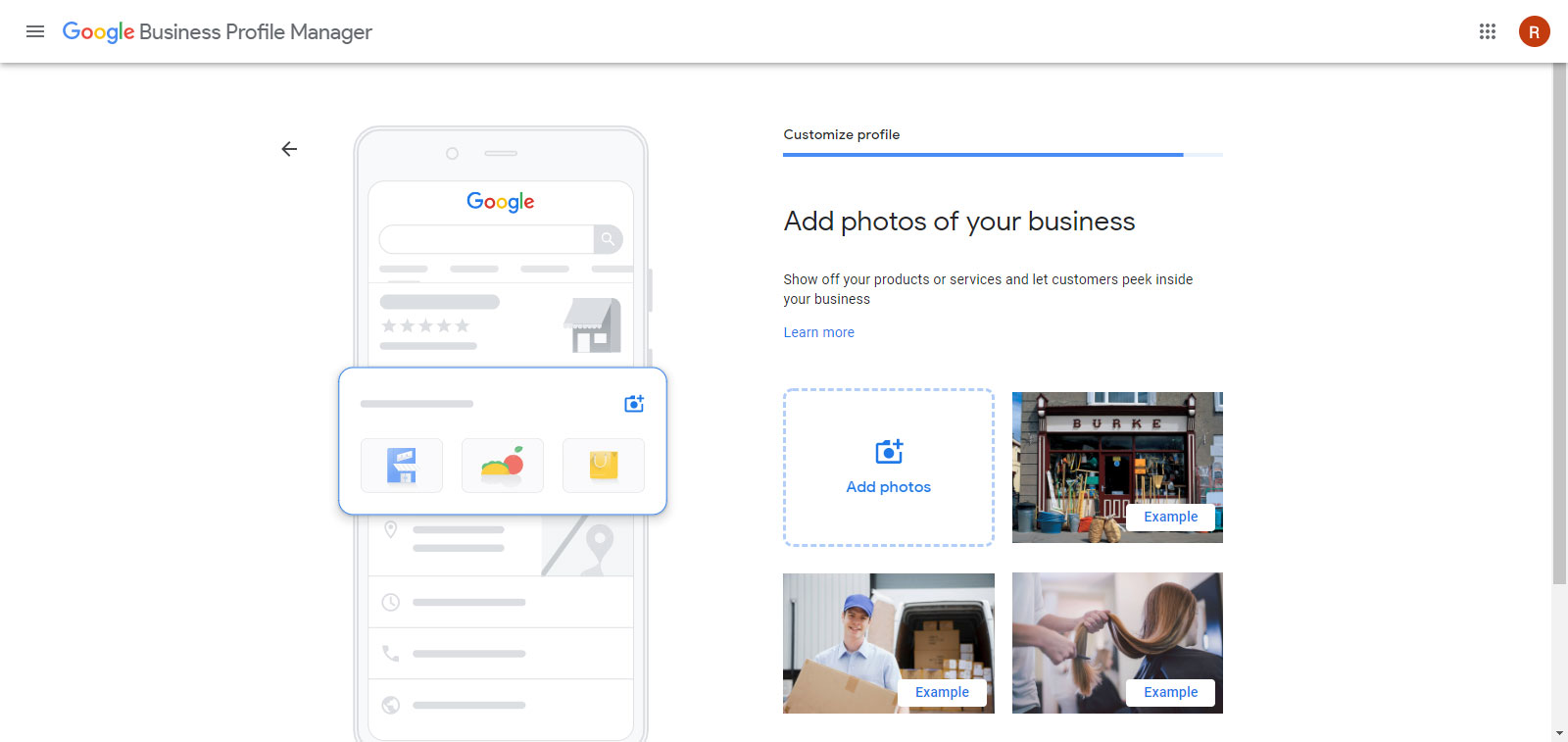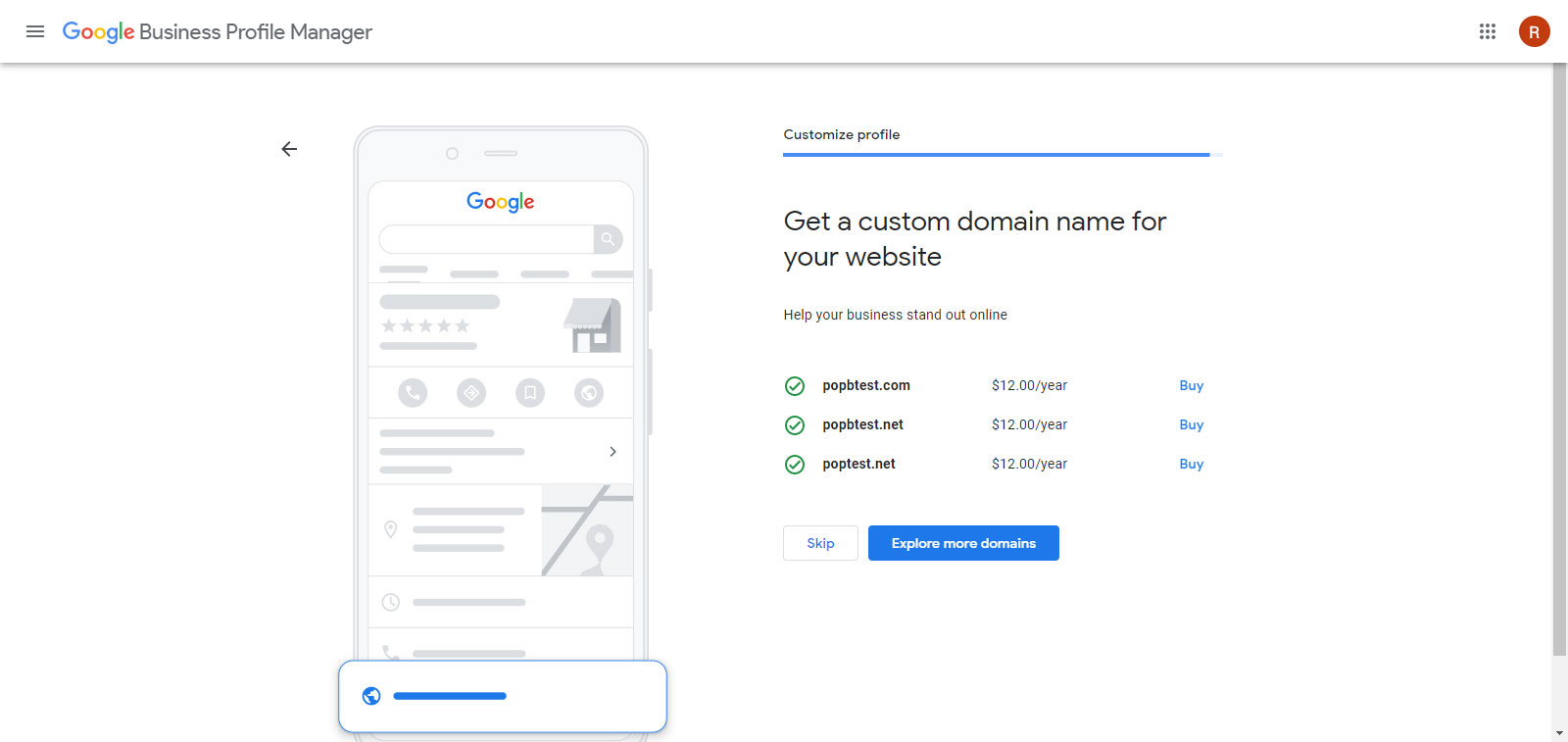Social media platforms have revolutionized the way businesses interact with their customers. With billions of active users, social media presents a massive opportunity for small businesses to reach out to their target audience and boost sales. In this article, we will explore how small businesses can use social media to increase their sales.
- Identify Your Target Audience The first step in using social media to boost sales is to identify your target audience. Knowing who your ideal customer is and where they hang out on social media will help you tailor your marketing efforts to reach them effectively. Use social media analytics to identify your audience’s demographics, interests, behaviors, and preferences.
- Create Compelling Content Once you know who your target audience is, you need to create compelling content that resonates with them. Use high-quality images, videos, and engaging captions to showcase your products or services in a way that captures your audience’s attention. Create a content calendar and post regularly to keep your audience engaged and interested.
- Leverage Influencer Marketing Influencer marketing is a powerful strategy for small businesses to reach new audiences and drive sales. Find influencers in your niche with a large following and collaborate with them to promote your products or services. Influencers can create sponsored posts, reviews, or share their experiences using your product or service.
- Utilize Social Media Advertising Social media advertising is a cost-effective way for small businesses to reach a larger audience and boost sales. Platforms like Facebook and Instagram offer advanced targeting options that allow you to reach people based on demographics, interests, behaviors, and more. Create compelling ad copy and use high-quality images or videos to grab your audience’s attention.
- Engage with Your Audience Social media is all about engagement. Engage with your audience by responding to comments, messages, and reviews. Address any concerns or questions your audience may have promptly and professionally. This will not only help you build a loyal following but also increase your credibility and trust with your customers.
- Run Contests and Giveaways Contests and giveaways are a great way to increase engagement and drive sales. Create social media contests and giveaways that encourage your audience to participate and share your content with their friends and family. Offer prizes or discounts to winners to incentivize participation and generate buzz around your brand.
- Monitor and Measure Your Results To ensure your social media efforts are paying off, monitor and measure your results regularly. Use social media analytics to track your reach, engagement, click-through rates, conversions, and sales. Use this data to fine-tune your strategies and optimize your social media marketing efforts for maximum impact.
In conclusion, social media is a powerful tool that small businesses can use to increase their sales and grow their business. By identifying your target audience, creating compelling content, leveraging influencer marketing, utilizing social media advertising, engaging with your audience, running contests and giveaways, and monitoring and measuring your results, you can boost your sales and achieve long-term success.
Back












